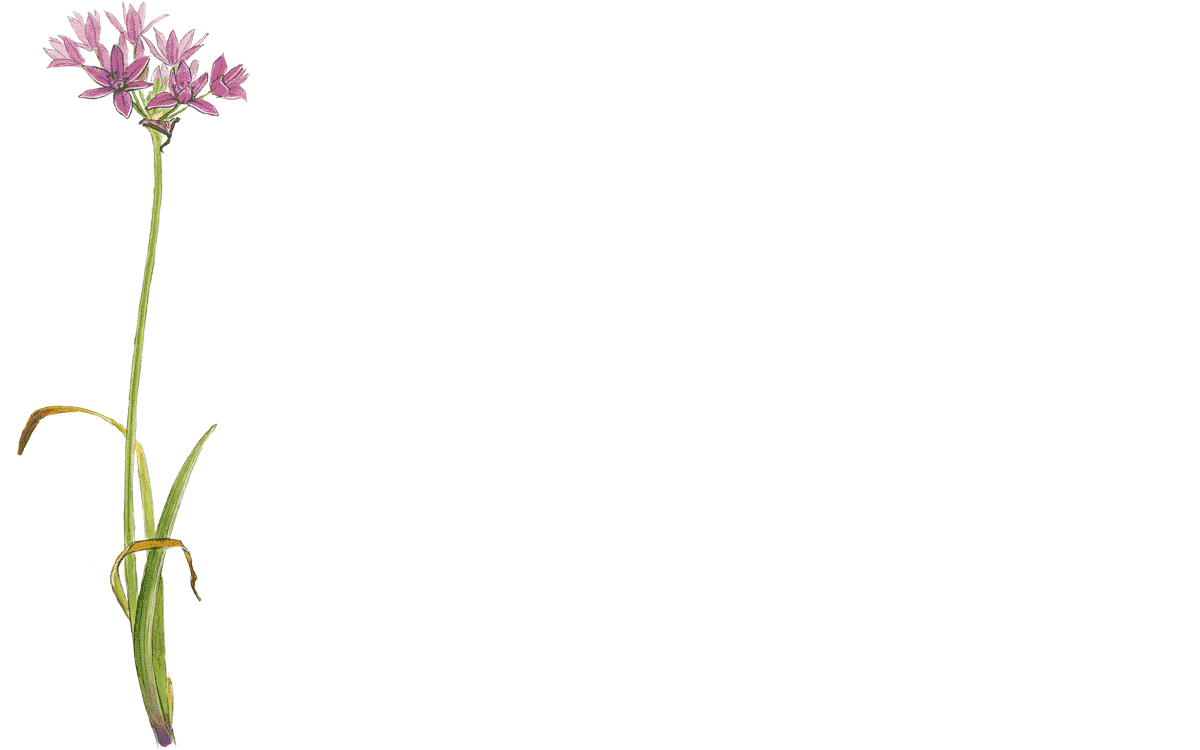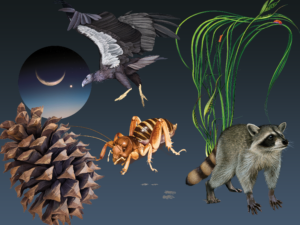This is an excerpt from The Laws Guide to Nature Drawing and Journaling by John Muir Laws, published by Heyday in spring 2016.
Writers, naturalists, and scientists in all disciplines use journals to preserve what they have seen, done, and thought in the course of their work. As a naturalist, educator, and artist, I have found that my journal is the most important tool I carry into the field with me; it is even more necessary than my binoculars. Sketching and writing as you explore is the most effective thing you can do to launch yourself in the process of discovery.
Observing and journaling will slow you down and make you stop, sit down, look, and look again. How often do we take the time to be still, quiet, and attentive? Engaging in this process helps you organize your thoughts, piece together answers, and ask richer questions. Once you slow down and look long enough to record observations in your journal, mysteries will unfold before you. At the core of all science are insatiable curiosity and deep observation, qualities that lead to the best kind of learning: learning motivated by your intrinsic wonder and hunger to understand.
I draw and work in my nature journal for three reasons: to see, to remember, and to stimulate curiosity. These abilities will be reinforced for you, too, every time you sit down to journal—and you don’t have to be good at drawing. The benefit of journaling is not limited to what you produce on the page; it is, rather, found in your experience and how you think along the way.
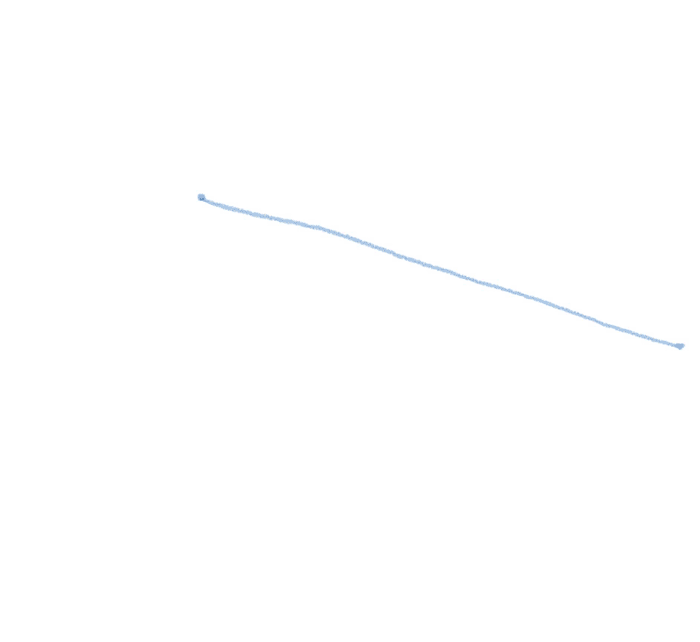
In any moment, it is possible to learn about your surroundings through observation. It is also easy to walk through the world caught up in your own thoughts and worries, looking without truly seeing. The difference between these two experiences is conscious, focused attention. Inspired by Kerry Ruef’s Private Eye Project, I use three prompts—“I notice,” “I wonder,” and “It reminds me of”—as the foundation of my practice because they lead to conscious attention.
I notice …
Examine whatever you are looking at. Start by saying your observations out loud. Do not filter anything out: If you see it, say it. Look at structure, behavior, color, interactions. Change your perspective: look up close or far away and see what else you can observe. Pay attention to what surprises you. This gives you insight into ways that the world is different than you had thought.
I wonder …
After observing your object, start to come up with questions about it and say those out loud, too. There is no need to worry about answering the questions yet. Just get them all out there.
It reminds me of …
Last, say out loud everything that your object reminds you of. Say anything that comes to mind: the object may have jarred your memory, reminding you of an experience you’ve had or a piece of information you already know. Try looking at individual parts of the object, then back up and examine it as a whole.
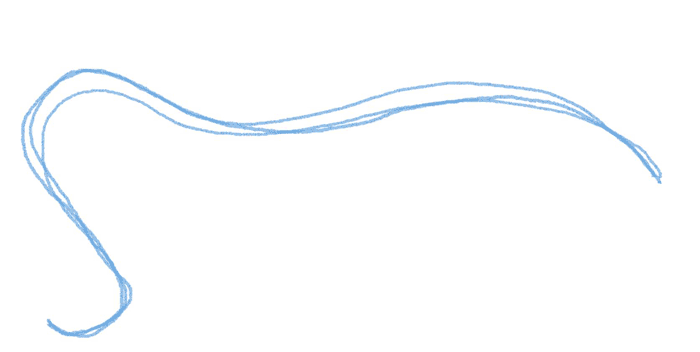
Projects
When you walk outside with your journal, pick a project to focus your awareness. It will give you new lenses through which to look at the world. Use it as an invitation to inquiry and to launch your discoveries in nature.
Make a Collection
Pick a subject that interests you and collect examples that describe its range of variation in your journal.
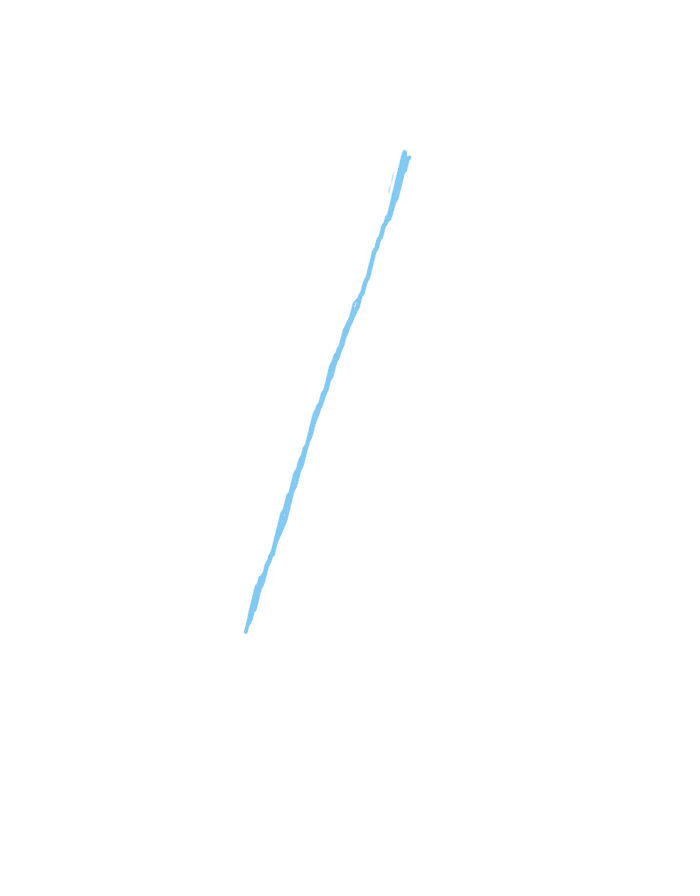
Observe Changes Over Time
Find an interesting subject and follow its progression over a period of minutes, hours, days, or weeks. Record the changes that you observe, make note of when they occur, and wonder about what might have caused the changes.
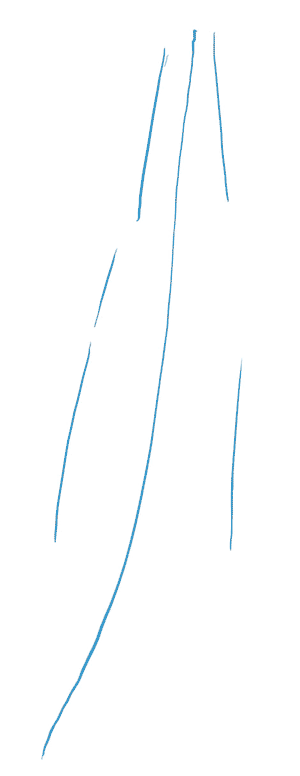
Make a Map
Make a map view of a landform feature or part of the landscape. You can create a map of a large area or of a small feature. This process will lead you to look at the geography of a place and it might reveal patterns you would otherwise overlook.

